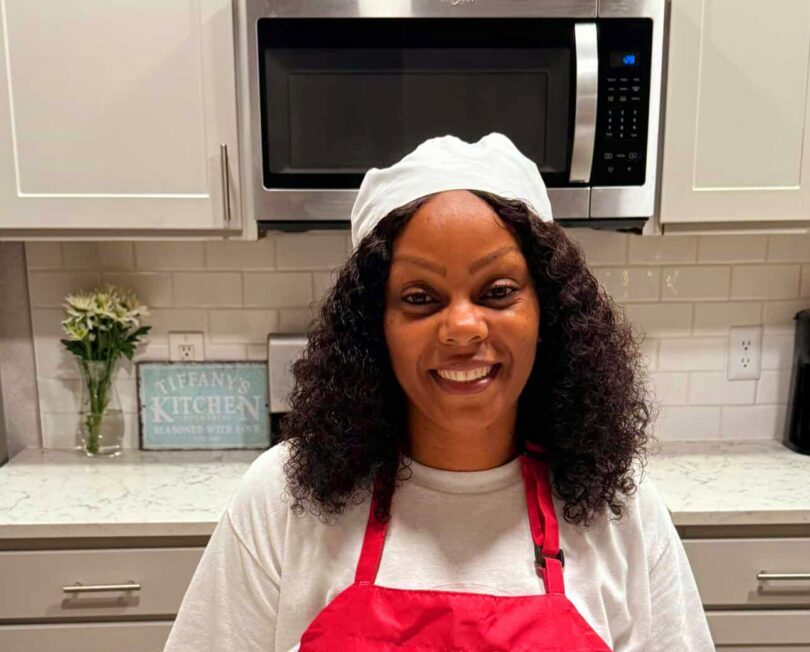Alright – so today we’ve got the honor of introducing you to Gregory Vetter. We think you’ll enjoy our conversation, we’ve shared it below.
Gregory, thanks so much for taking the time to share your insights and lessons with us today. We’re particularly interested in hearing about how you became such a resilient person. Where do you get your resilience from?
I was 25 years old, standing in a Whole Foods parking lot with a Tupperware container of my mom’s lemon-garlic dressing and zero experience in the food industry. No business plan. No funding. Just a gut feeling that this recipe—passed down in our family like gospel—could be the start of something real. I wasn’t chasing success. I was chasing survival. And that’s where my resilience comes from.
The First Lesson: No One’s Coming to Save You
We got our first “yes” from Whole Foods, and that should’ve felt like winning the lottery. But the reality hit harder than the pitch. We had 30 days to deliver product to four stores—and no idea how to do it. So we borrowed a restaurant kitchen and worked the night shift from 11 p.m. to 5 a.m. on weekends. My mom mixed the dressing. I applied the labels by hand. My wife and I emptied our retirement accounts. My brother quit his job to join me full-time. We were all in. The fridge broke. The oil separated. The orders doubled. There was no backup plan. Just grit.
You find out what you’re made of when sleep is optional and rent is not.
When You’re Bleeding, Keep Moving
Two years in, we still hadn’t taken a paycheck. Every dollar went back into the business. There were weeks we couldn’t afford to fill up both cars. I’d get up at 5 a.m., squeeze in a workout to clear my head, then start the day fueled by caffeine and purpose. We faced rejection constantly. Buyers didn’t return calls. Partners backed out. Investors ghosted us after promising term sheets. You don’t get resilience by reading motivational quotes. You get it by surviving the silence after the no.
Losing It All (And Still Showing Up)
Fast forward. Tessemae’s grew into the #1 organic dressing brand in Whole Foods. We scaled nationally, launched into big box retailers, and opened a massive production facility. And then—everything started to crumble. A combination of infighting, bad legal advice, and capital misfires pushed us into Chapter 11. Everything I had built was falling apart in front of me. But here’s the truth: resilience is not holding it together. It’s getting back up after things fall apart. I lost the company. But I didn’t lose the lessons. I didn’t lose the mission. And I didn’t lose the mindset that got me there in the first place.
Where It Actually Comes From
I didn’t develop resilience in the boardroom. I learned it playing lacrosse when I was told I’d never play in college. I learned it eating peanut butter sandwiches while driving cross-country to pitch a store manager on the spot. Resilience doesn’t show up when it’s convenient. It shows up when you have to decide: do I let this break me—or build me? That’s what early-stage entrepreneurship really is. It’s not flashy. It’s not glamorous. It’s messy, gritty, unpaid, unrecognized work. But it teaches you to trust your gut. To keep going when the excitement wears off. To lead yourself when no one’s clapping.
The Habit That Saved Me
Every morning, I get up early. Not because I want to, but because I need to. The day punches hard. My job is to punch first. That one habit—rising before the chaos—became my foundation. Control your morning. Control your energy. Control your story. That’s what resilience looks like in real life.
You Already Have It. You Just Haven’t Had to Use It Yet.
If you’re reading this with a half-formed business idea, a scribbled product concept, or just a deep itch to build something—you don’t need more credentials. You need commitment. Your breakthrough won’t come from the perfect pitch deck. It’ll come from showing up again tomorrow when today went sideways. That’s where the separation happens. So build your habits. Burn the boats. And bet on yourself when it counts.Because no matter how the market shifts, the world will always make room for those who refuse to quit.
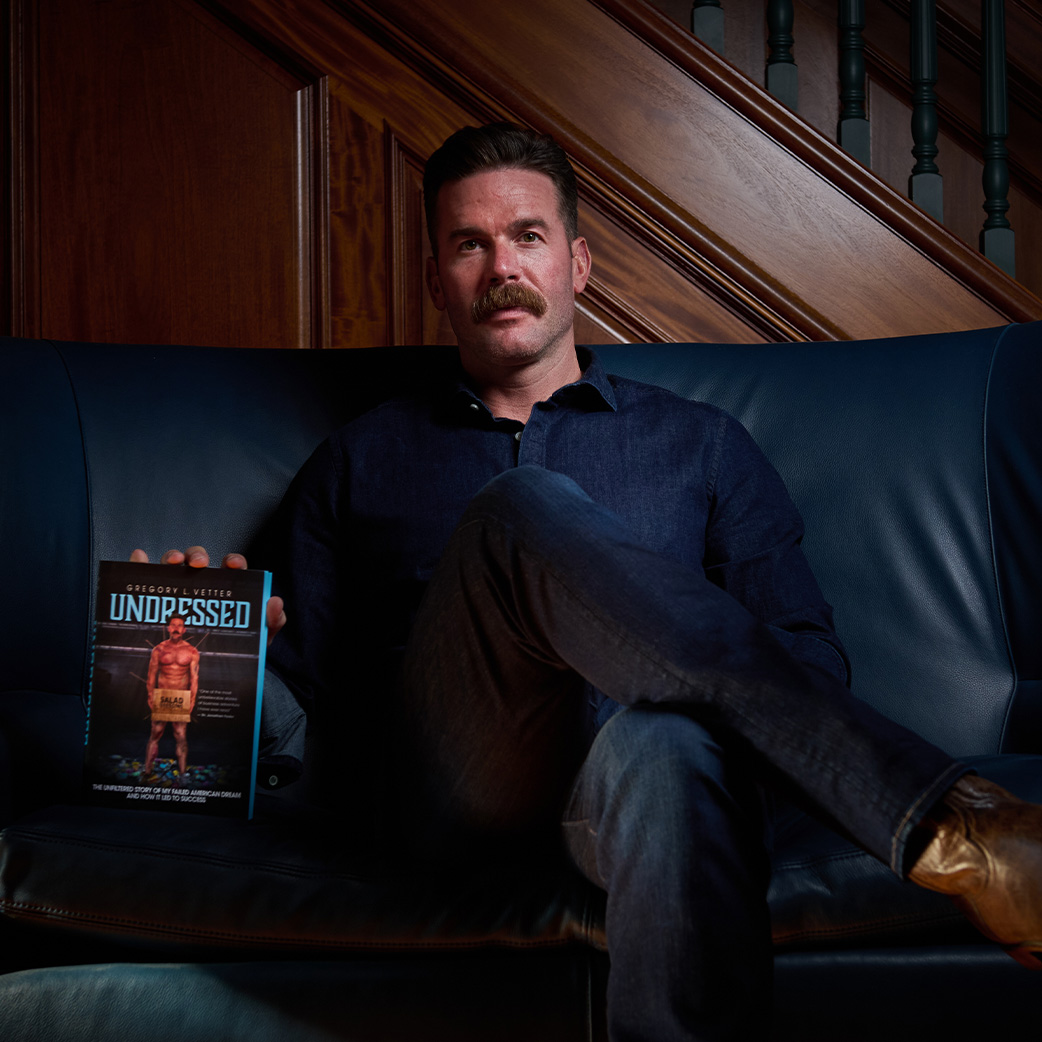
Great, so let’s take a few minutes and cover your story. What should folks know about you and what you do?
What’s Special About What We’re Building (And Why I’m So Fired Up About It)
I used to think success meant building one great brand. Now I know it means building a system that helps other people do it too. Everything I’m doing right now—every company, product, and project—is connected by the same idea: solving real problems in real life with brands that don’t BS people. That’s the through-line. Whether I’m talking to a first-time founder, sitting in a food production facility, or trying a vodka drink that doesn’t taste like club soda’s disappointing cousin—I keep coming back to the same question: Does this make life better?
The Comeback Era
After Tessemae’s, I had a choice: rebuild from scratch or disappear quietly. I chose to rebuild—this time with more clarity, more intent, and more focus on other entrepreneurs trying to figure it out for the first time. That’s why I launched Home Grown (homegrownbrands.com). It’s not a course. It’s not a funnel. It’s a real membership program for early-stage CPG entrepreneurs who are sick of generic advice and need help actually doing the work. I built Tessemae’s in the dark. I didn’t have someone showing me how to pitch, price, or find the right manufacturer. Now I do that for other people. Coaching. Support. Accountability. And the stuff that matters—like how to survive your first year.
No Gimmicks. Just Real Brands.
I’m building brands again, but I’m doing it differently this time. No ego. No fluff. Just product, problem, solution. Let me break it down: Alta Fresh Foods is where we make it all real. It’s one of the top clean-label food suppliers in the country. If you have a product you believe in, but no clue how to produce it at scale, that’s where we help. Fresh food. Real ingredients. No shortcuts. Drink Quenchers (drinkquenchers.com) is my answer to bloated, fizzy, hangover-in-a-can cocktails. It’s a ready-to-drink vodka beverage with electrolytes—and zero bubbles. It’s smooth, clean, and doesn’t make you feel like you just drank carbonation for sport. It’s what I want to drink. So we made it. Tushees (gotushees.com) is maybe my favorite “wait, you did what?” brand. It’s a portable toilet and wipes company. Built with humor, built for real life. Because whether you’re camping, stuck in traffic, or coaching youth soccer, when you gotta go, you gotta go. This one makes people laugh, but it also solves a legit problem. That’s what makes it great.
Why It All Matters
Everything I’m building now is about utility. Function. Real-life wins. Not trends. Not investor hype. People are tired of being marketed to. They want products that work, brands that tell the truth, and leaders who aren’t pretending to have it all figured out. That’s what ties all of this together—real problems solved by people who care. I care. A lot. If you’re in your first chapter—trying to get your product idea off the ground, working nights, bootstrapping your way to launch—I see you. I’ve been you. And I built all of this to make your path a little clearer.
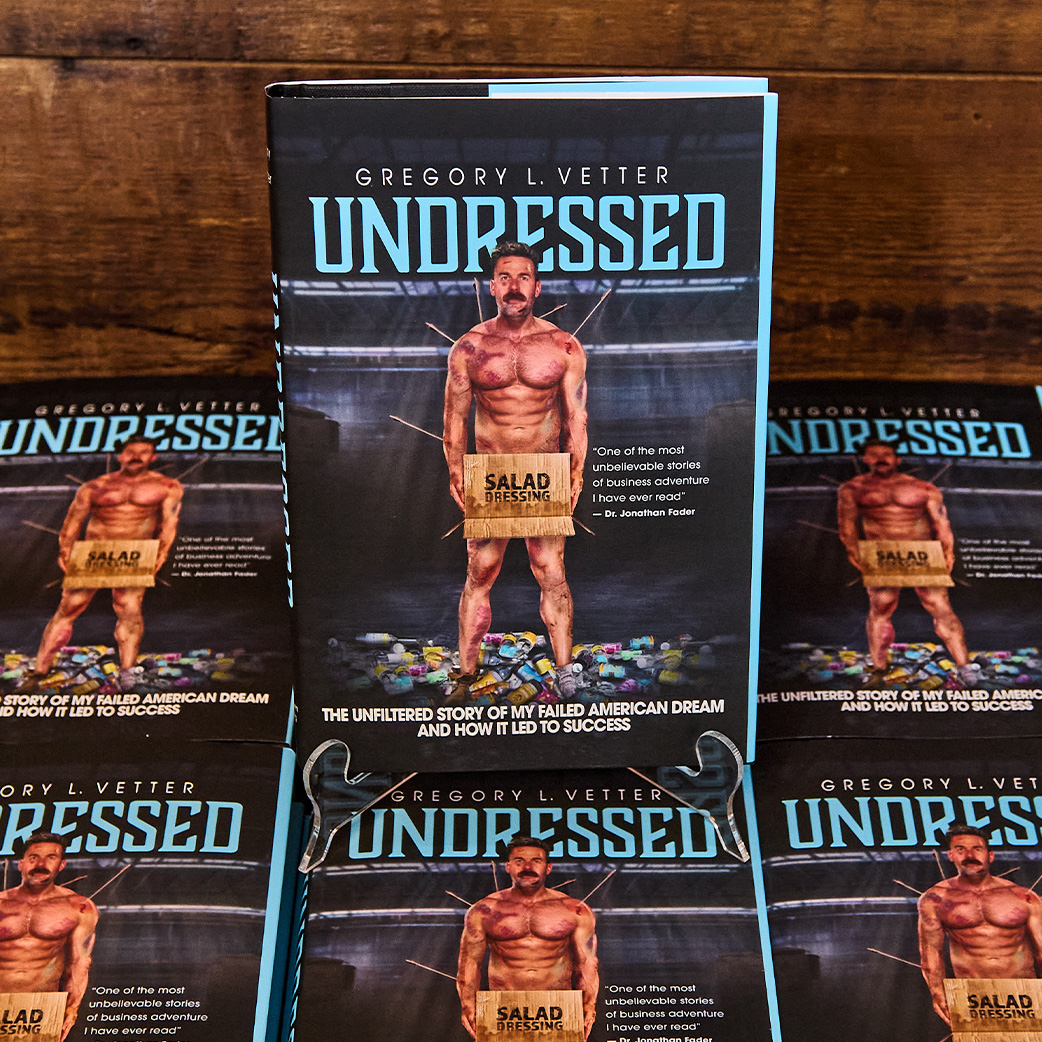
Looking back, what do you think were the three qualities, skills, or areas of knowledge that were most impactful in your journey? What advice do you have for folks who are early in their journey in terms of how they can best develop or improve on these?
If I could go back and give my 25-year-old self a cheat sheet, I wouldn’t talk about spreadsheets, fundraising, or logistics. I’d write three words on a napkin and slide it across the table: Grit. Vision. Gut. That’s it. The three things that mattered most in building Tessemae’s. The three things that kept me going when I wanted to quit. The three things that shaped every business I’ve launched since. I’m going to break them down. I’m going to show you how I built them. And if you’re just starting your journey—side hustler, aspiring founder, late-night dreamer—this is how you build them too.
1. Grit: The Discipline to Keep Going When It’s No Longer Cool
Everyone wants to launch. Few want to endure. I had grit before I had a business. I learned it growing up in a blue-collar family where quitting wasn’t really an option. I learned it playing lacrosse, getting up at 5 a.m. to run sprints before school. I learned it when my wife and I were working full-time jobs while building Tessemae’s at night. Labeling bottles. Mixing dressings. Sleeping three hours and doing it again. Grit is not about liking the work. It’s about doing it anyway. If you’re early in your journey, here’s my advice: stop waiting for motivation. Build discipline. Get up when it’s hard. Send the email when you don’t feel like it. Deliver what you said you’d deliver—even when nobody’s clapping. You don’t need to feel inspired to be consistent. You just need to show up. That’s grit.
2. Vision: Seeing the Finish Line Before It’s Even Real
When I first pitched Tessemae’s to Whole Foods, all I had was a Tupperware container and a vision. I saw the product on shelves across the country before anyone else did. Vision is what keeps you building when reality isn’t cooperating. It’s what lets you say, “I know what this could be”—and then work backward. But here’s the truth most people won’t tell you: Vision isn’t something you find on a mountaintop. You build it by getting your hands dirty. You refine it through action. If you’re still trying to “find your purpose,” stop looking and start doing. Start building anything. Sell ten units of your product. Write your pitch. Test your offer. Your vision sharpens with each step you take. And once you get a glimpse of what’s possible? Protect it. You’ll have to fight for it every day.
3. Gut: Trusting Yourself in a World That Wants You to Doubt Everything
This one is the hardest to explain—and the most important to master. There were times when advisors told me to hold back. Lawyers told me to play it safe. Investors told me to pivot. But deep down, I knew what was right for the brand. And the moments I trusted my gut were always the moments we won. Your gut is not a guess. It’s built from your experience, your values, and your intuition. But you have to use it to strengthen it. If you’re new in business, everyone will try to sell you certainty. They’ll tell you to follow formulas. Chase trends. Copy the path that worked for someone else. Ignore that. Your job is to collect information, yes—but then? Decide for yourself. Trust yourself. Move fast. And when you make a mistake? Own it and learn. That’s how you sharpen your instincts. Because your gut is the only thing that scales with you.
Here’s the Hard Truth (and the Good News)
You won’t build these qualities from reading books or scrolling motivational quotes. You build grit by doing hard things. You build vision by taking messy action. You build trust in your gut by making decisions—and owning them. It won’t be glamorous. But it will be real. And if you’re doing this solo right now—bootstrapping, working a day job, dealing with doubt—you’re exactly where you’re supposed to be. Start with what you have. Build from where you are. These three traits will carry you further than any hack, trend, or shortcut ever could.
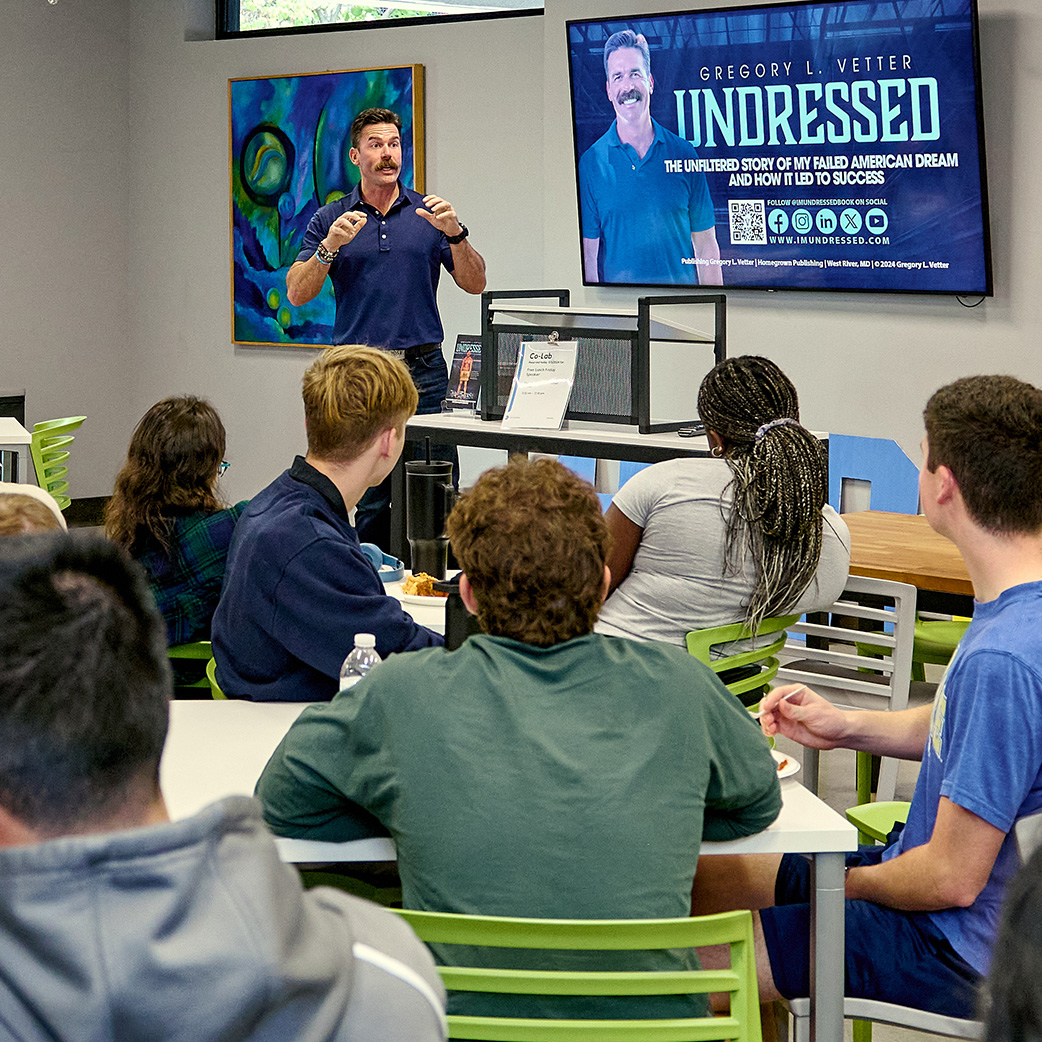
We’ve all got limited resources, time, energy, focus etc – so if you had to choose between going all in on your strengths or working on areas where you aren’t as strong, what would you choose?
I’ve thought about this question a lot. Not in theory—but in the middle of real-life decisions that had real consequences. When you’re bootstrapping a business from scratch, you don’t get to sit around making pros and cons lists. You’re making moves on instinct, experience, and whatever tools you’ve got in your bag. And in my experience, the most powerful thing you can do is double down on your strengths—then build support systems for everything else. Let me explain.
I Wasn’t Good at Everything. I Just Got Really Good at a Few Things.
When we started Tessemae’s, I had no background in food. No formal business plan. No funding. No brand agency. What I did have was a ton of energy, a clear sense of our story, and the ability to sell. That was my lane. I stayed in it. I focused on getting our message right, landing meetings, and building momentum through sheer belief. I pitched Whole Foods with nothing but a Tupperware container and a dream. I convinced my family to go all in. I told the story of clean food like my life depended on it—because it did. The parts I wasn’t good at? Supply chain, finance, manufacturing—I didn’t try to master them all. I found people who were wired that way. People who actually liked spreadsheets. And I trusted them to own those lanes while I focused on mine. The result? We grew from a side hustle to a national brand.
Why You Can’t Waste Time Being Average at Everything
There’s this lie floating around the entrepreneurial world that says you have to be well-rounded to succeed. You don’t. In fact, trying to become well-rounded too early can slow you down. Let’s say your strength is branding. You come alive when you’re storytelling. Or maybe you’re a builder—you love designing products, testing versions, iterating. Great. Do more of that. You do not need to spend the first year of your business trying to become a tax expert, a digital ad guru, and a supply chain consultant all at once. You need to get your product in someone’s hands. You need traction. The fastest way to get that? Lean into what you do best and outsource, automate, or delegate the rest.
The One Exception: Foundational Competence
Now, I’m not saying you can ignore your weaknesses entirely. You do need a baseline understanding of every part of your business. You need to know enough to make smart decisions. Enough to ask good questions. Enough to spot red flags. I didn’t need to be a CFO. But I needed to understand cash flow. I didn’t need to run the production floor. But I needed to know what went into a purchase order. That’s foundational competence. And yes, you need it. But you don’t need to become elite in every skill. Focus matters more.
For the Aspiring Entrepreneurs Just Getting Started
Here’s my advice:
– Get clear on your strengths. Not what looks good on paper. Not what people say you should be good at. What you actually enjoy doing and do well under pressure.
– Push those strengths until the wheels come off. Give them all your energy. Build around them. Use them to create leverage.
– Don’t ignore your weaknesses—just don’t obsess over them. Hire slow, but delegate fast. Surround yourself with people who fill the gaps, not mirror your skills.
– And never outsource the core. The parts of the business that reflect your values, your brand, your voice—own those.
What This Looks Like in Real Life
At Home Grown Brands, I work with founders every day who are trying to do everything themselves. And I get it. Early-stage hustle is real. But the ones who break through? They get focused. They stop trying to become well-rounded generalists and start building as specialists—with a plan and a team that complements them. They say, “I’m great at product,” and we help them refine the message. They say, “I love community,” and we help them design marketing that reflects that. They don’t waste 6 months learning how to run digital ads when they could be closing retail deals. They lead with what they’re great at—and that unlocks growth.
Contact Info:
- Website: https://www.gregoryvetter.com
- Instagram: https://www.instagram.com/glvetter/?igsh=dWRxNGRxZnp5Mjlz&utm_source=qr
- Facebook: https://www.facebook.com/people/Gregory-Vetter/pfbid02xBqWzKWmcXiu8Y9WQvDV63fqacqKsBvc76Le2gzTFpunJMzRztmR8jv2VtTcZu1Zl/
- Linkedin: https://www.linkedin.com/in/gregvetter/?utm_source=share&utm_campaign=share_via&utm_content=profile&utm_medium=ios_app
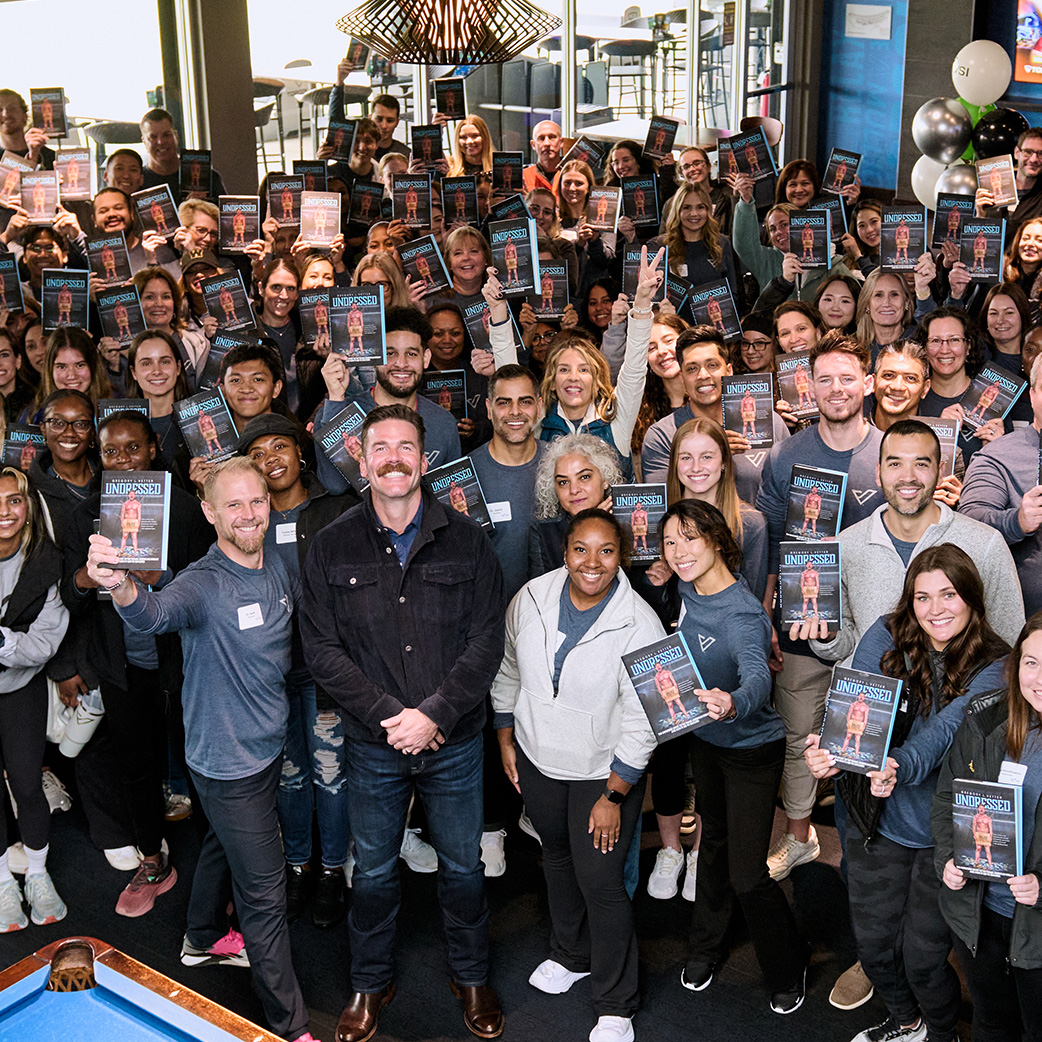
so if you or someone you know deserves recognition please let us know here.


